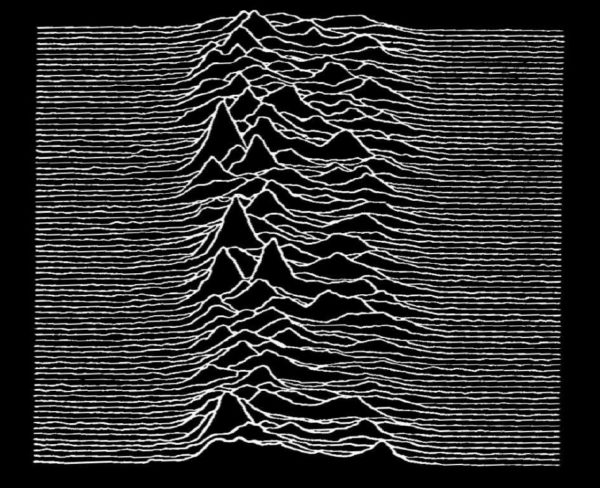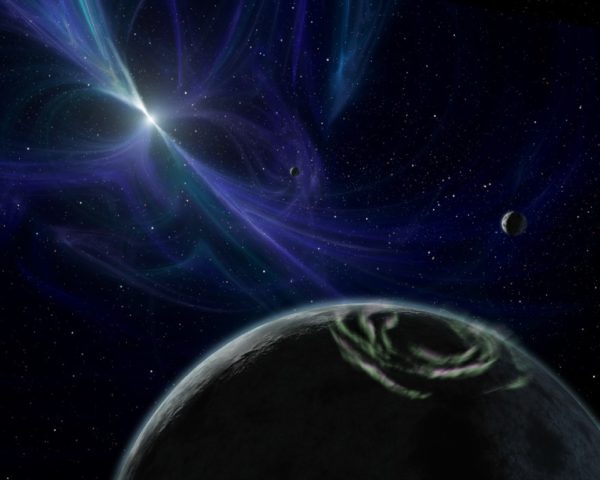"Science doesn't always go forwards. It's a bit like doing a Rubik's cube. You sometimes have to make more of a mess with a Rubik's cube before you can get it to go right." -Jocelyn Bell-Burnell
Observations that surprise us, of a phenomenon we weren’t expecting and don’t have an explanation for, are some of the most exciting things we can encounter in astronomy. In 1967, regularly pulsing radio sources, discovered without any expectation, provided exactly that. It wasn’t noise; it was definitely a robust, repeatable observation; so what was it?
 The data from the first pulsar ever found visualized and stacked. Image credit: Graphis Diagrams: The Graphic Visualization of Abstract Data, edited by Walter Herdeg, The Graphis Press, Zurich, 1974. Later made much more famous as a Joy Division album cover.
The data from the first pulsar ever found visualized and stacked. Image credit: Graphis Diagrams: The Graphic Visualization of Abstract Data, edited by Walter Herdeg, The Graphis Press, Zurich, 1974. Later made much more famous as a Joy Division album cover.
While our imaginations might have run to aliens initially, further developments quickly showed that this was a ball of rapidly rotating neutrons, more massive than even the Sun but only a few kilometers in diameter. These pulsars, as they’re now know, are ubiquitous and come about from the corpses of core-collapse supernova. Could this be a harbinger of what we can expect from the ‘alien megastructure’ controversy?
- Log in to post comments


Thinking about the orientation of the magnetic field, one would guess that based upon symmetry alone,that the favored orientation of the dipole field would be along the spin axis. Presumably if we were able to measure a large unbiased sample of NS, and measure the angle between the spin axis, and the magnetic pole we would get a distribution. I'm guessing it is fairly strongly peaked around zero degrees.
Now if we have a NS, with closely aligned spin and magnetic fields, will it generate much of a signal. And would we be likely to find it in sky surveys, if the periodic signal of its emissions was low amplitude?
Very interesting. Thanks for the article.
@Omega Centauri #1: In fact, the only way for us to see the signal is if the spin axis is misaligned with the jet (magnetic axis)! We see the periodic signal as the jet sweeps past us during rotation.
I don't believe we have any way to determine the inclination.